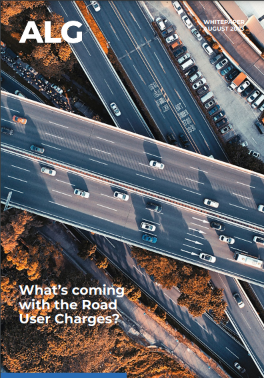In-depth insights

What’s coming with the road user charges (RUCs)?
Road User Charges (RUCs) provide a more equitable, sustainable and flexible transportation funding model. Under a RUC program, drivers are charged based on the number of miles they drive instead of a tax on the number of gallons of fuel they put in their vehicles. This evolution to a more usage-based model provides better sustainability and fairness in paying for our roads and bridges as vehicles continue to become more fuel efficient and continue evolving to all-electric models that require no fossil fuels.
Governments finance the maintenance and development of the road network from the public budget and through specific charges to drivers, known as Road User Charges (RUCs). RUCs are founded on the “user pays principle”, suggesting that drivers must bear the costs of maintaining the road network.
Fuel levies have traditionally been the main RUC, and they fund the maintenance of the roads, initiatives to mitigate its externalities (pollution, noise, accidents...), and, to a lesser extent, the promotion of sustainable mobility (public transport). Other RUCs include tolling systems, vehicle registration fees, licensing fees or congestion charges.
In this paper, we detail the gap between the costs and highway infrastructure funds in the US, the tendency toward new RUCs, the alternatives that states are studying and implementing to increase road funds, the special registration fees for electric vehicle owners that some states are introducing to support road financing, and the vehicle miles travelled fees (VMT) being implemented through manual odometer readings, on-board units with GPS, and on-board units without GPS.
Additionally, we analyze some of the pilot programs being implemented in certain state governments of the United States with the ultimate goal of new RUCs at a national level.
See more insights